A year ago, I had a chance encounter with collector and author Deborah Neff on the streets of New York, who alerted me to her upcoming book project regarding African American-made black dolls. I have been anxiously waiting ever since.
You can imagine my delight at receiving this sumptuous book (published by Radius) that was released in conjunction with the exhibition at The Mingei International Museum in San Diego (on view through July 5, 2015).
Neff believes that these dolls were made between 1850 and 1940 by “African Americans for children that they knew–members of their own families and communities as well as white children in their charge.” Like African American quilts, there is no pattern or predictability to these dolls. Each is one of a kind, improvised, and stitched together by the limited materials the maker may have had on hand. Leftover materials such as leather, lace, ribbon, and selvage made their way into the creations. Some of the dolls were actually portrait dolls. Experts can tell because they are usually pristine and wear very dressy clothing with many layers of slips and petticoats, shirt, overcoats, wool pants, and sometimes a bow tie. Occasionally, bottles were used as foundations for the dolls bodies.
These handmade dolls present a glaring difference to their manufactured white doll counterparts, which were easily purchasable in local shops, from mailorder catalogs and especially the bigger city department stores. White dolls of the late nineteenth century were clad in fancy dress, many with delicately painted porcelain faces from Europe, all to reflect the Victorian counterparts they were sold to. The African American dolls, however, with their intuitively embroidered faces, hand-stitched and painted faces, are delightfully pleasant—and I can see how both black and white children of the day found great love and connection with them. These dolls were usually soft and huggable, and not as “precious” during use as the expensive white dolls.
The book reproduces many vintage photographs of black and white children with both black and white dolls. Early on in the project, esteemed African American quilt collector and textile restorer Corrine Riley—the subject of a Design Observer post last November—was selected by Neff for the restoration of the dolls. Celebrated artist Faith Ringgold, Pulitzer Prize-winning critic Margo Jefferson, and writer Lyle Rexer contributed essays.
Black Dolls is part of the AMERICAN ICONS Exhibition Series. Beginning in June 2014 and throughout 2015 Mingei International Museum will mount a series of exhibitions to celebrate the imagination, inspiration, and innovation of Americans who have for more than three centuries created stunning works of folk art, craft and design.
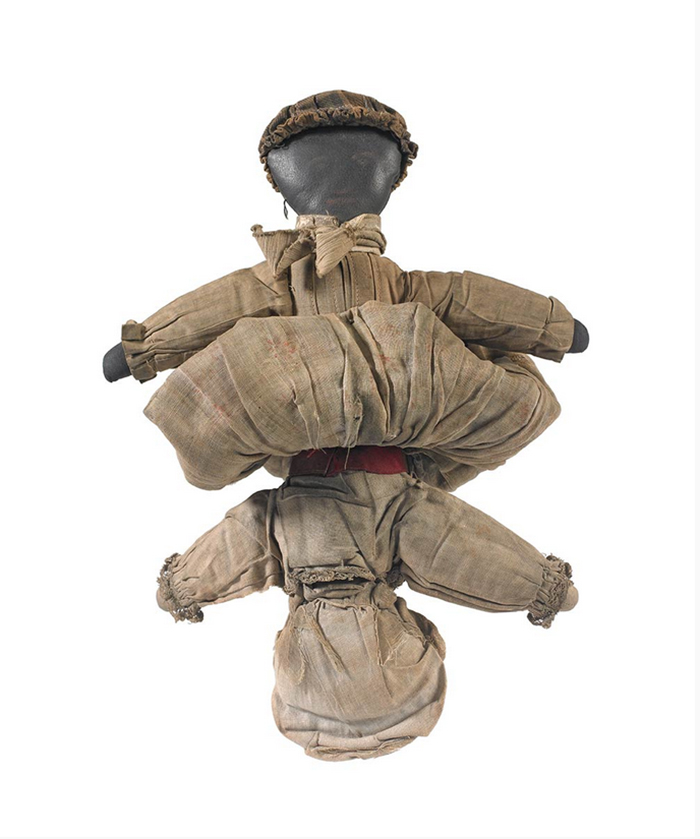
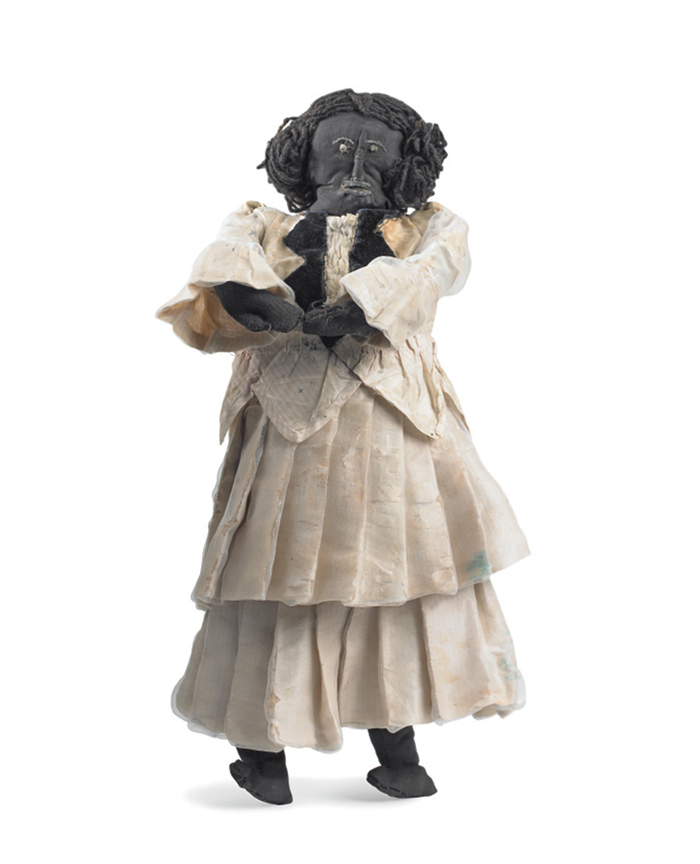
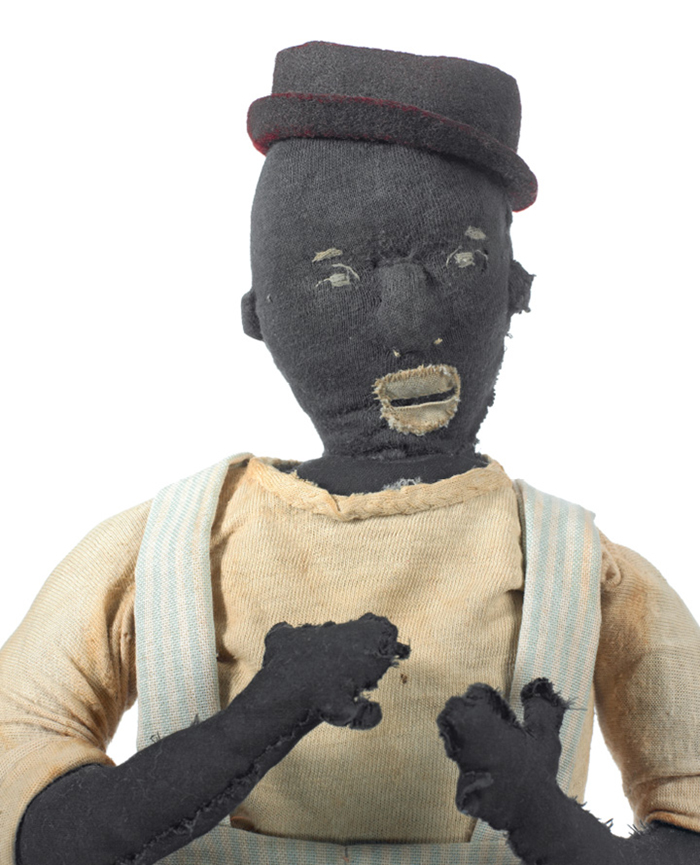
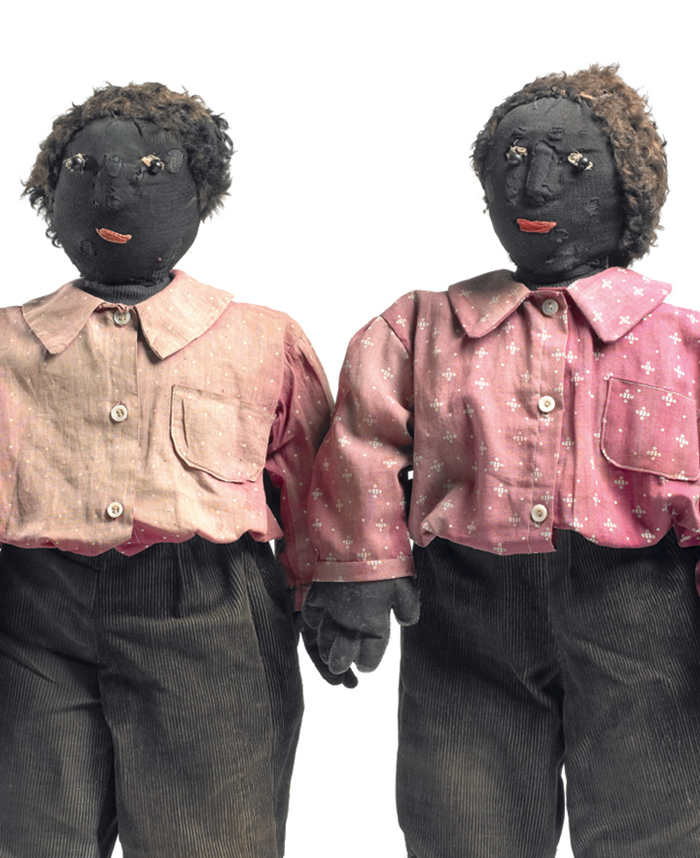
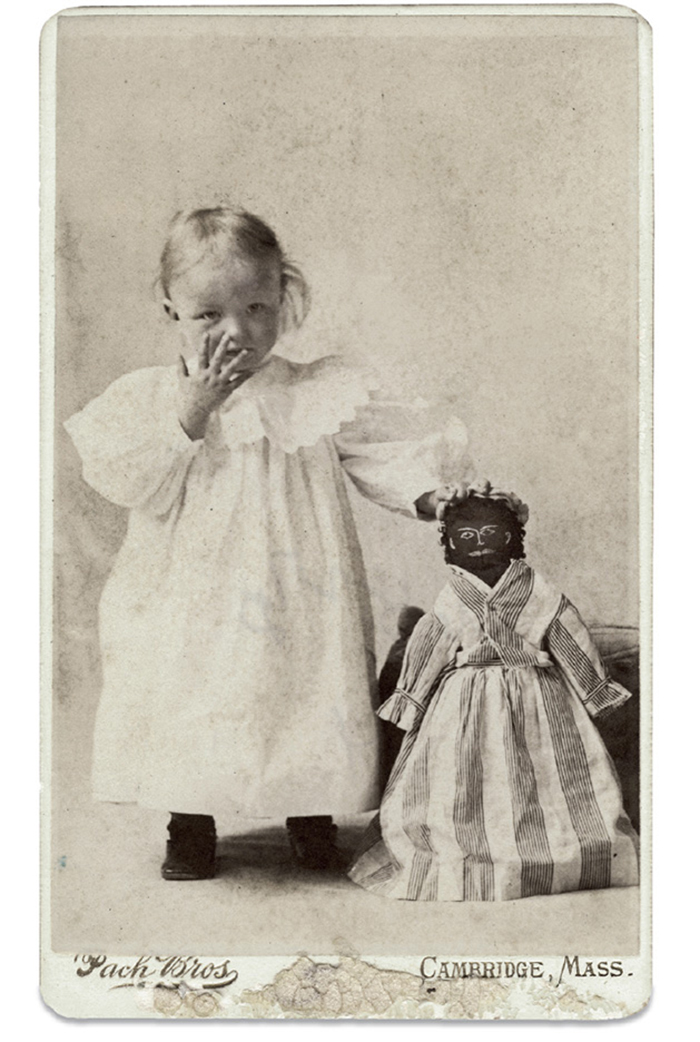
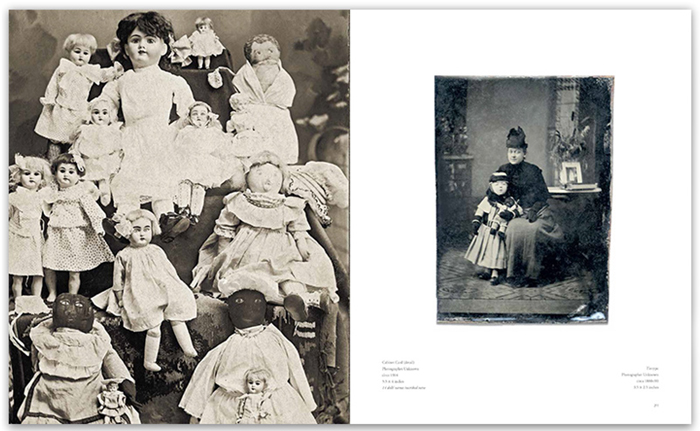
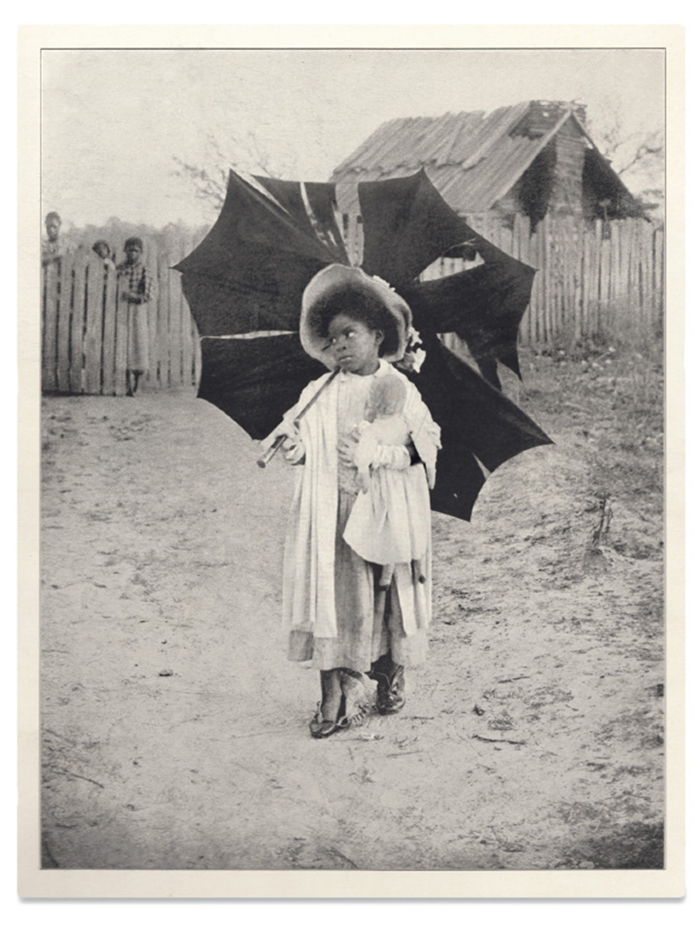
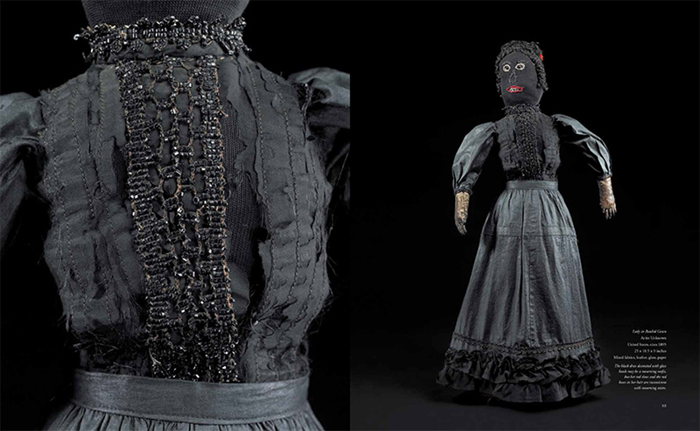
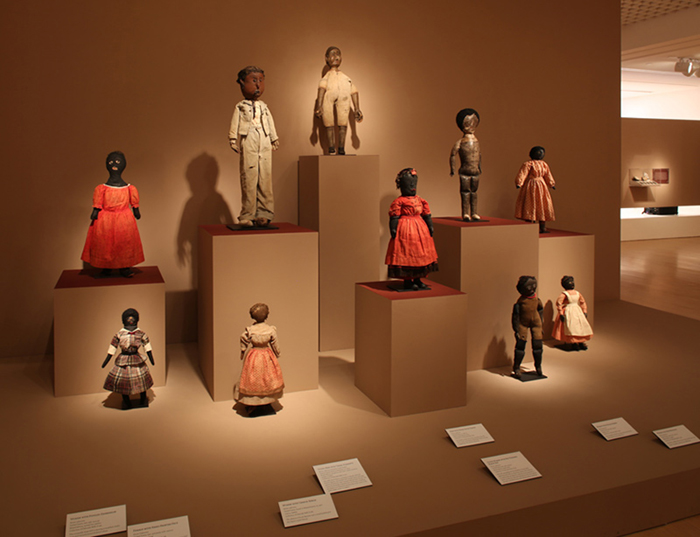
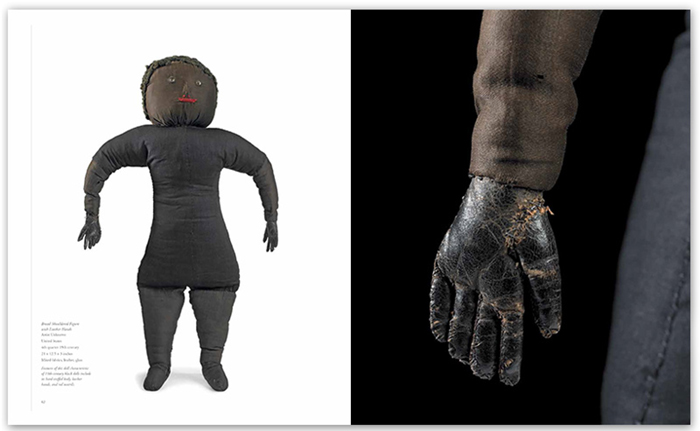
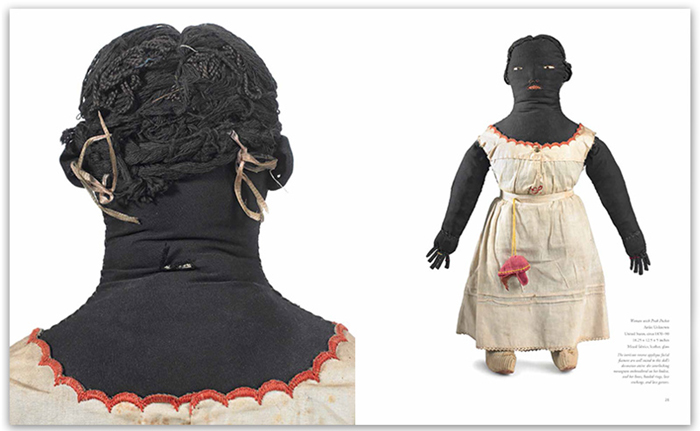
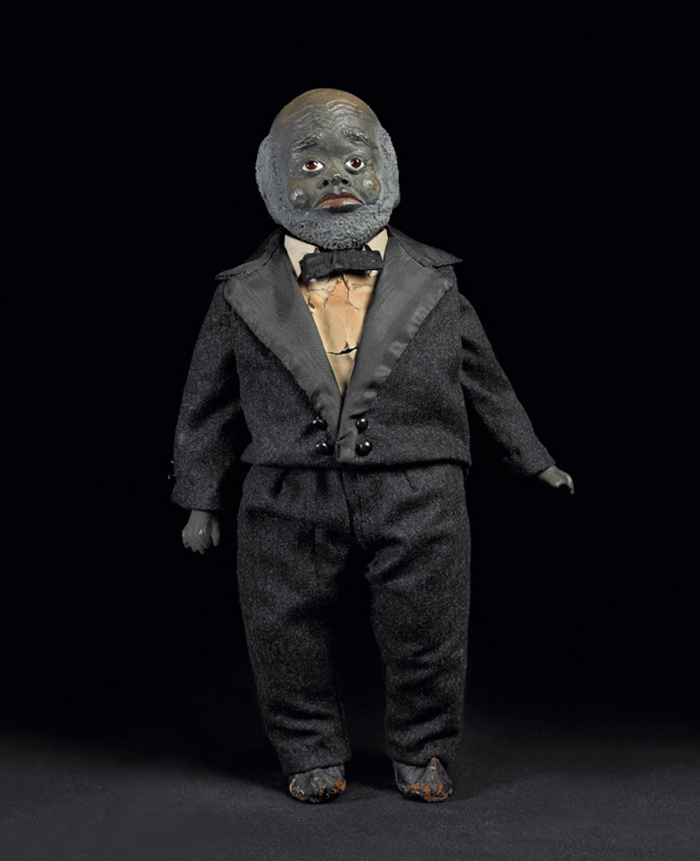
Photos by Ellen McDermott
